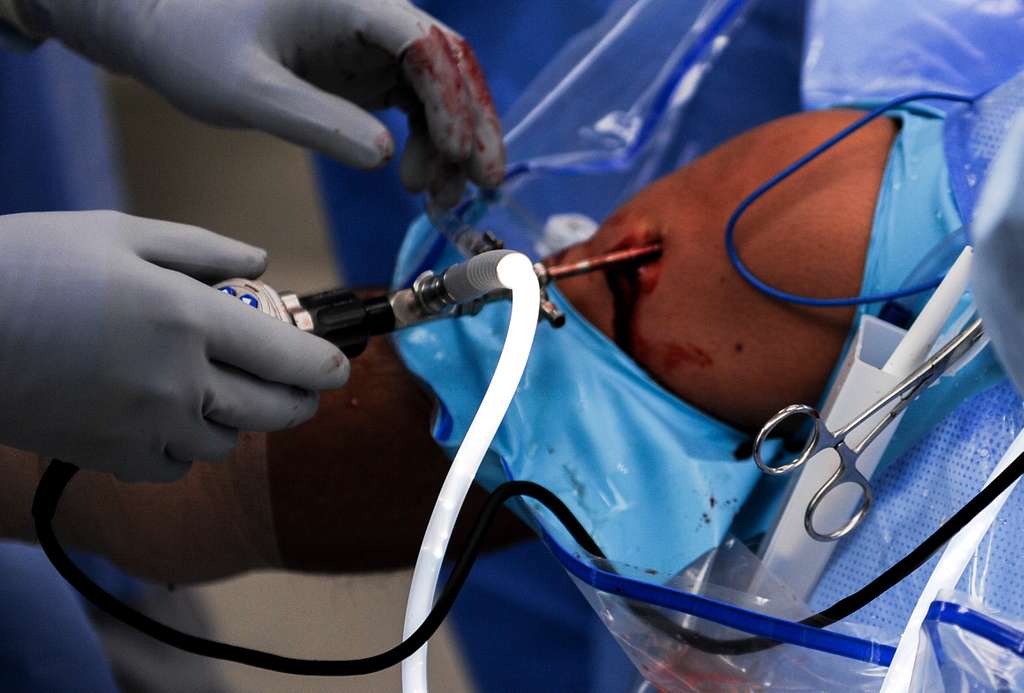Orthopedic medicine focuses on diagnosing, treating, and preventing conditions affecting the musculoskeletal system. This medical specialty focuses on the diagnosis and treatment of injuries and disorders affecting bones, joints, ligaments, tendons, muscles, and nerves. Understanding the scope of orthopedics and advanced techniques, such as arthroscopy, can help patients make informed decisions about their treatment options.
What Is Orthopedics?
Orthopedics is a medical specialty dedicated to the diagnosis, treatment, and rehabilitation of musculoskeletal disorders. Orthopedic physicians, known as orthopedists or orthopedic surgeons, specialize in conditions affecting bones, joints, muscles, tendons, ligaments, and associated structures. The field encompasses both acute injuries and chronic degenerative conditions. Orthopedic surgeons address a wide range of conditions, including fractures, joint replacements, spinal disorders, and sports-related injuries.
What Does It Involve?
Orthopedic treatment begins with a comprehensive evaluation, which includes a review of the medical history, a physical examination, and diagnostic imaging when necessary. The physician assesses the patient’s symptoms, functional limitations, and overall health status to develop an appropriate treatment plan. Diagnostic tools may include X-rays, MRI scans, CT scans, or specialized tests.
Non-surgical treatments often serve as the first line of intervention for many orthopedic conditions. These approaches may include rest, activity modification, physical therapy, medications, injections, or bracing. The goal is to alleviate pain, enhance function, and prevent further damage, while allowing natural healing processes to occur.
Surgical intervention becomes necessary when non-surgical treatments fail to provide adequate relief or when the condition requires direct repair or reconstruction. Orthopedic surgery encompasses a range of options, from minimally invasive procedures to complex reconstructions. Post-surgical rehabilitation plays a valuable role in achieving improved outcomes and helping patients return to their desired activity levels.
What Is Arthroscopy?
Arthroscopy is a minimally invasive surgical technique that allows orthopedic surgeons to visualize, diagnose, and treat problems inside joints. The procedure uses a small camera called an arthroscope, which is inserted through tiny incisions in the skin. This camera transmits images to a monitor, providing the surgeon with a clear view of the joint’s interior structures.
The arthroscope is a thin, flexible tube containing optical fibers and a light source. Additional small instruments can be inserted through separate incisions to perform necessary repairs or remove damaged tissue. This approach eliminates the need for large incisions typically required in traditional open surgery. Arthroscopy can be performed on various joints throughout the body, including the knee, shoulder, hip, elbow, and ankle.
How Is It Used?
Arthroscopy serves both diagnostic and therapeutic purposes in orthopedic medicine. Diagnostically, the procedure allows direct visualization of joint structures when other imaging studies fail to provide definitive answers. Surgeons can examine cartilage surfaces, ligaments, tendons, and synovial tissues to identify the source of pain or dysfunction.
The arthroscopic approach allows surgeons to work with greater precision while minimizing trauma to surrounding healthy tissues. Specialized instruments designed for arthroscopic use enable cutting, grasping, suturing, and tissue removal through small portals. This precision reduces complications and promotes faster healing.
What Are the Benefits?
Arthroscopy offers several advantages. Smaller incisions result in less tissue damage, reduced bleeding, and decreased risk of infection. Patients may experience less post-operative pain, requiring shorter recovery periods. Reduced scarring and preserved joint mobility contribute to enhanced long-term functional outcomes.
Schedule a Consultation Today
Orthopedic medicine offers comprehensive care for musculoskeletal conditions, utilizing both surgical and non-surgical approaches. Arthroscopy provides patients with minimally invasive treatment options, offering reduced recovery times and improved outcomes. If you are experiencing joint pain, limited mobility, or other musculoskeletal symptoms, consult with an orthopedic surgeon.
